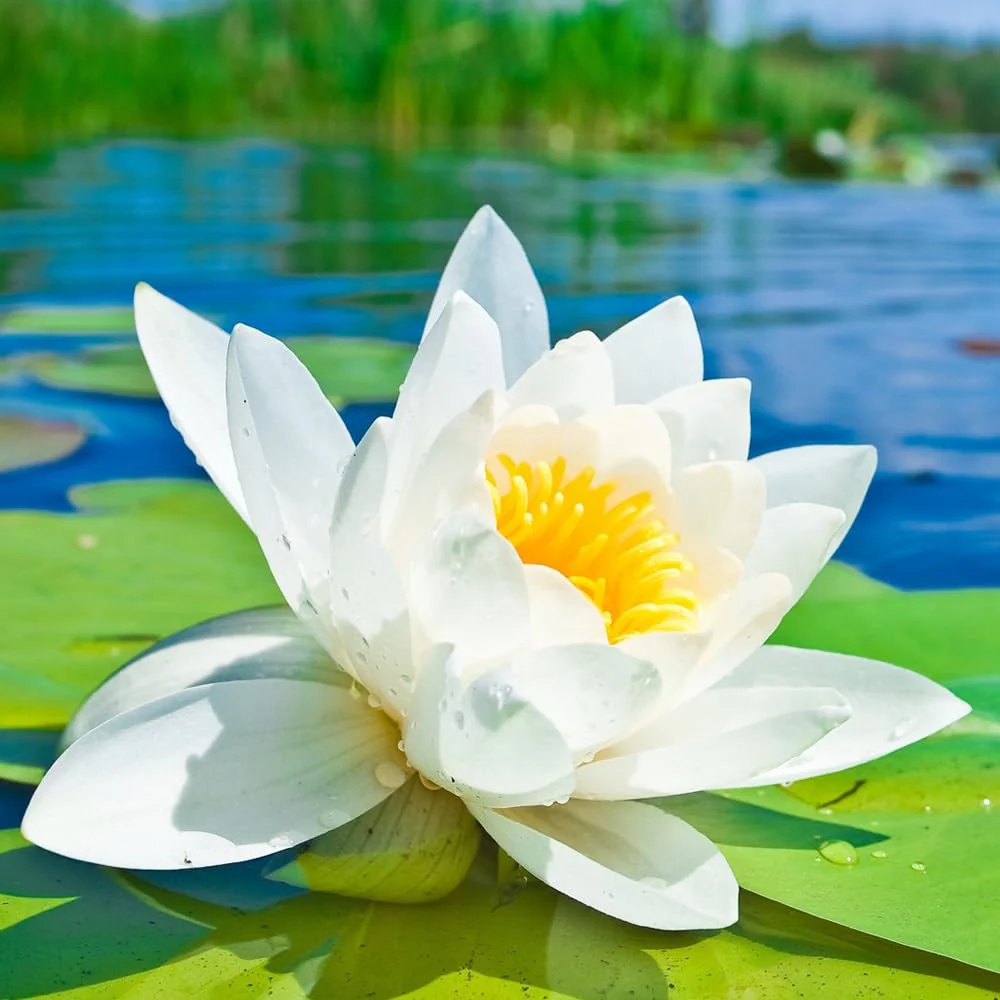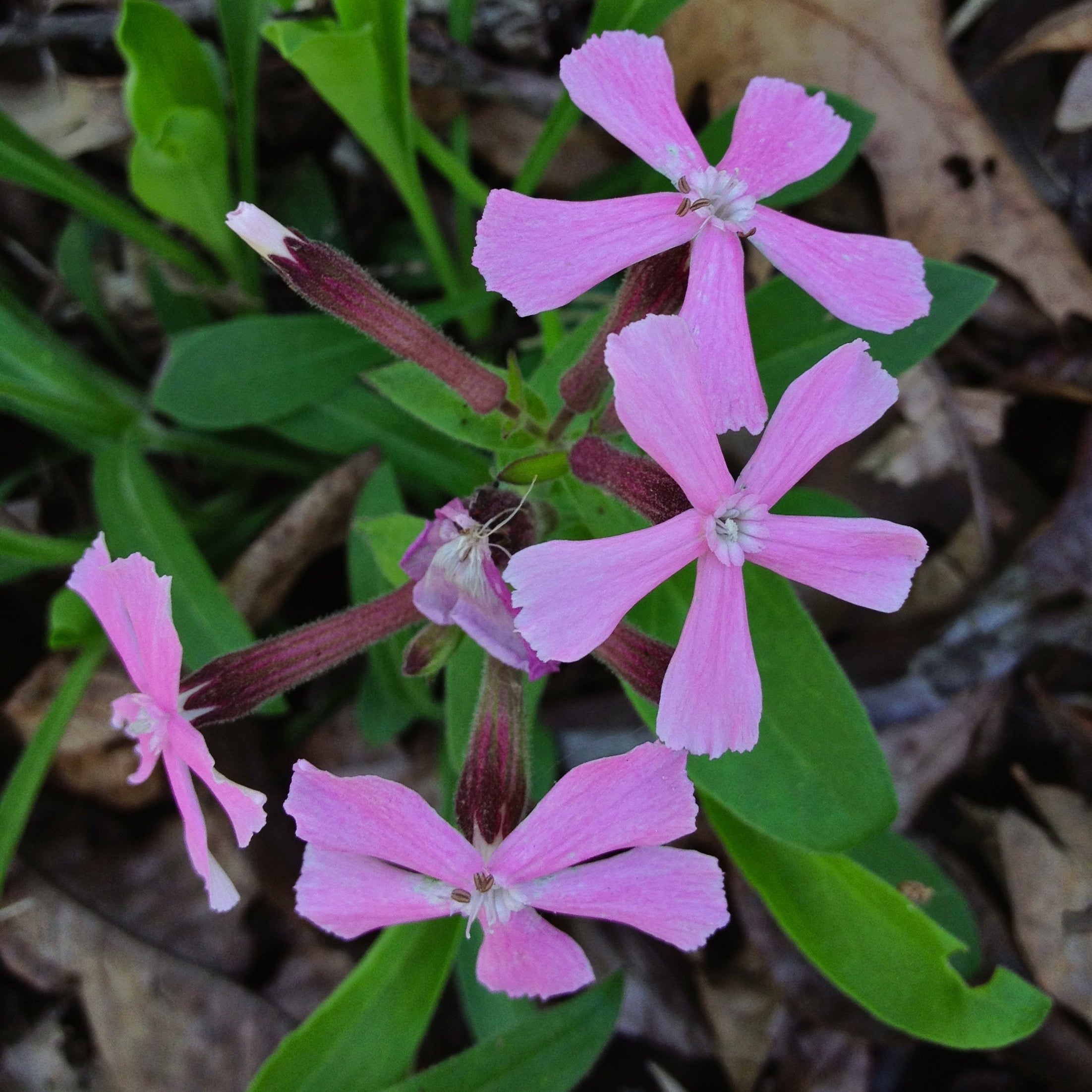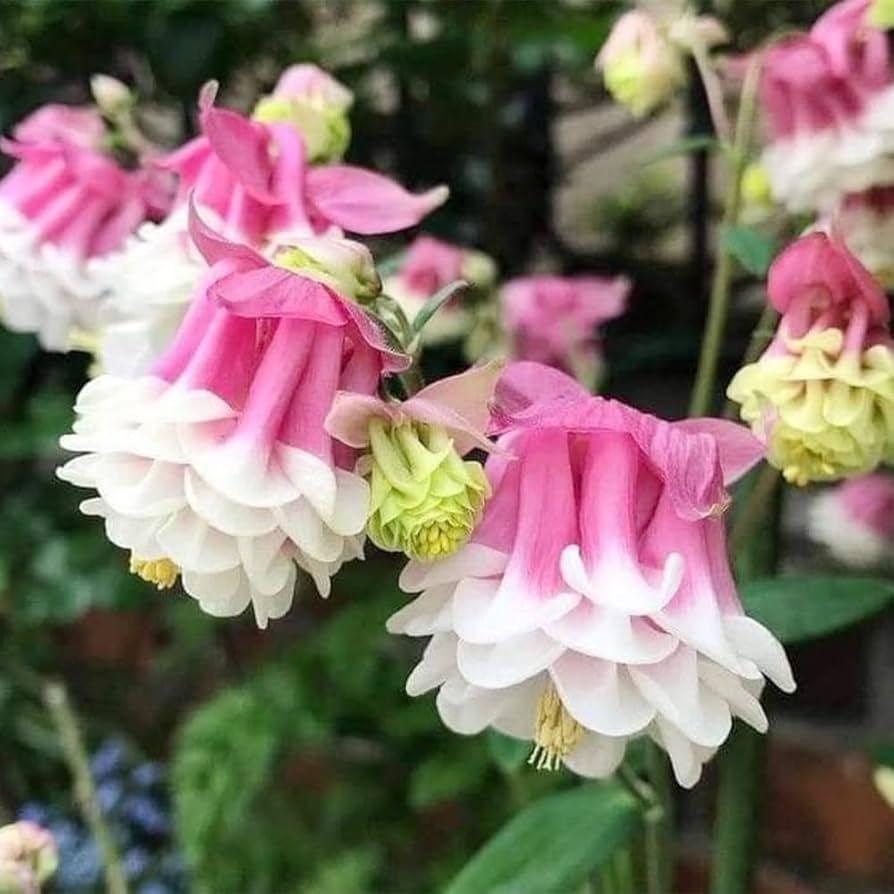Growing strawberries from seeds is a rewarding experience for any home gardener. While many choose to plant runners or nursery plants, starting strawberries from seeds is cost-effective and allows you to enjoy a wider variety of organic strawberry plants right from the beginning. Whether you’re planting them in containers, raised beds, or hanging baskets, this beginner-friendly guide will walk you through each step.

Why Grow Strawberries from Seeds?
Strawberries are loved for their sweet flavor, nutritional value, and versatility in desserts, smoothies, and salads. Starting them from seed offers several benefits:
-
Wider variety options (alpine, heirloom, or wild strawberries)
-
Lower cost compared to buying established plants
-
Full control over the growing process
-
Great for organic and non-GMO gardening
Best Time to Plant Strawberry Seeds
The ideal time to plant strawberry seeds indoors is late winter to early spring (January to March), depending on your local climate. This gives the seedlings enough time to establish before being transplanted outdoors after the last frost.
Where to Grow Strawberry Plants
Strawberries thrive in locations with:
-
Full sunlight (6–8 hours daily)
-
Well-drained, slightly acidic soil (pH 5.5–6.8)
-
Good air circulation
You can grow strawberries:
-
In raised garden beds
-
In hanging pots or containers
-
On vertical planters
-
In a sunny balcony or terrace garden
How to Grow Strawberries from Seeds
1. Cold Stratify the Seeds
Most strawberry seeds require cold stratification to mimic winter dormancy:
-
Place seeds in a damp paper towel
-
Seal in a plastic bag
-
Store in the fridge for 2–3 weeks
2. Prepare the Soil or Seed Starter
Use a light, organic seed-starting mix. Fill seed trays or small containers, and moisten the soil slightly.
3. Sow the Seeds
-
Sprinkle the strawberry seeds on the surface (they need light to germinate)
-
Gently press them down — do not cover with soil
-
Mist the surface to keep it moist
4. Provide Light and Warmth
-
Maintain a temperature of 18–24°C (65–75°F)
-
Use a grow light or place near a bright window
-
Cover with a humidity dome or clear plastic wrap until germination
5. Germination Time
Strawberry seeds can take 2 to 6 weeks to germinate. Be patient and keep the soil moist (not wet).
6. Transplanting Seedlings
Once seedlings have at least 2–3 true leaves and are 2–3 inches tall:
-
Harden them off by placing outdoors for a few hours daily
-
After 7–10 days, transplant them into pots or garden beds with rich, compost-amended soil

Caring for Strawberry Plants
-
Watering: Keep the soil consistently moist but not waterlogged.
-
Fertilizer: Use a balanced organic fertilizer every 3–4 weeks.
-
Mulching: Add straw mulch to prevent weeds and keep fruits clean.
-
Pest Control: Watch for slugs, aphids, and birds; use natural deterrents.
-
Pruning: Remove runners (unless you want more plants) to focus energy on fruiting.
Harvesting Strawberries
-
Fruits are ready to harvest when they turn bright red and fully ripe
-
Pick in the morning for the best flavor
-
Harvest every 2–3 days during the fruiting season

Final Thoughts
Growing strawberries from seeds might take a little more time and effort than using runners, but the rewards are worth it. You’ll enjoy sweeter, healthier, and more diverse varieties straight from your own garden. Whether you're a beginner or a seasoned gardener, these delicious berries are a wonderful addition to any space.
Explore premium strawberry seeds online at PureAsiaSeeds.com and start your berry-growing journey today!








